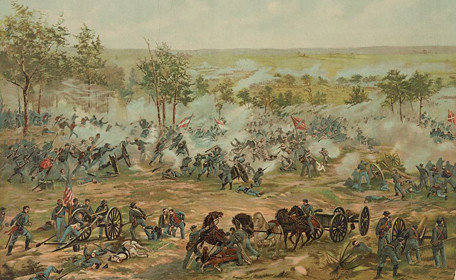Start of first Tour de France bicycle race.
The Tour de France is one of the most prestigious and grueling bicycle races in the world. It was first organized in 1903 by newspaper L’Auto as a means to boost sales. The race quickly gained popularity and became an annual event, with a few interruptions due to the two World Wars. The first Tour de France took place in 1903 and consisted of six stages covering a total distance of 2,428 kilometers. The race was initially designed as a test of endurance for professional cyclists and attracted 60 participants. The winner was Maurice Garin, a French cyclist. The early years of the Tour de France were marked by a mix of triumphs and challenges. The race faced financial difficulties, and there were allegations of cheating and illegal practices. Nonetheless, the Tour gained popularity among the public and media.
The Tour de France expanded its route and duration over the years. It introduced new stages and mountain climbs to challenge the riders. One of the most iconic features of the race is the inclusion of the mountain stages in the Pyrenees and the Alps, which test the cyclists’ climbing abilities. The 1950s and 1960s are often referred to as the “golden era” of the Tour de France. During this period, legendary cyclists like Jacques Anquetil, Eddy Merckx, Bernard Hinault, and Miguel Indurain emerged as multiple winners of the race. They became household names and helped popularize the sport of cycling. The Tour de France has not been without its share of scandals and controversies. Doping has been a persistent issue, with several riders being caught and disqualified over the years. The most significant doping scandal in Tour history involved Lance Armstrong, who was stripped of his seven consecutive titles from 1999 to 2005 due to doping offenses. In recent years, the Tour de France has continued to captivate audiences worldwide. The race has witnessed intense competition among top teams and riders from various countries. New stars like Chris Froome, Geraint Thomas, and Egan Bernal have emerged, showcasing their skills and battling for the coveted yellow jersey.
While the men’s race has a long-standing history, the women’s Tour de France faced a more challenging path. Women’s cycling struggled to gain recognition and equality in terms of race opportunities and prize money. However, in 2022, the inaugural edition of the Women’s Tour de France was held, marking a significant step forward for women’s professional cycling.
Throughout its history, the Tour de France has become an iconic sporting event, showcasing the athleticism, perseverance, and determination of professional cyclists. It has evolved into a global spectacle that attracts millions of spectators both on-site and through television broadcasts, solidifying its status as one of the most prestigious races in the world.


